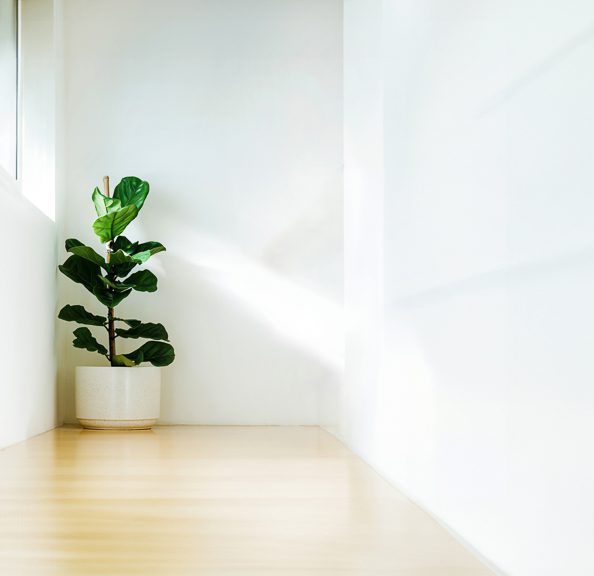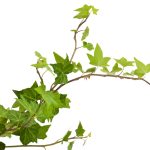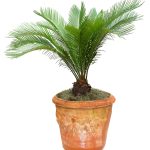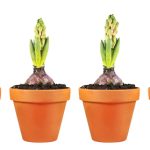
Name your poison (plants)
A surprising number of plants, including many indoor species, are toxic and even poisonous in one way or another, having developed chemical compounds to discourage predators from eating them.
A toxic plant can cause harm through various means, such as skin irritation or inhalation, while a poisonous plant is specifically dangerous if ingested. Keeping them out of reach of nibblers (pets or children) is one way to bring greenery indoors without jeopardising health. Another is to not have poisonous varieties at all, but doing that would mean missing out on some
lovely plants. Here are some of the species to watch out for:
Dieffenbachia – adds a tropical appearance to décor, but its sap causes the tongue to burn and swell, enough to block off air to the throat. It can be fatal to both humans and pets if ingested in large amounts. Avoid if you have crawling babies and small dogs.
English Ivy – all parts of the plant can cause symptoms that include skin irritation, burning throat (after eating the berries), fever, and rash. A trailing plant, it’s best kept up high.

Daffodils – many spring bulbs, including hyacinths and daffodils, are toxic if eaten by humans or pets. Eating the bulbs (which can be mistaken for shallots or onions) can cause intense stomach problems, high blood pressure, irregular heartbeat, and even death.
Philodendron – poisonous to humans and pets, and eating them can cause burning and swelling of lips, tongue, and throat, along with vomiting and diarrhoea. Like ivy, philodendrons have a trailing habit, so keep them far from the floor.
Pothos – a close relative of philodendron, pothos is easy to grow, but causes the same symptoms as the philodendron if ingested. Try it in a hanging basket to keep it up out of reach.

Sago Palm – this miniature palm species is one of the oldest living plants on earth, possibly because all parts of the plants, including the seeds and roots, are poisonous. Ingesting sago palm causes vomiting and diarrhoea, and may lead to liver failure.

Poinsettia – the white, latex sap from these plants irritates the skin and eyes, even causing blisters and temporary blindness in some cases. They can also cause an upset stomach and burning mouth if you munch on them. They aren’t considered fatal, just irritating.
• Other common and particularly toxic houseplants to watch out for are cyclamen, amaryllis and jade. The latter is particularly bad for a cat’s kidneys.




